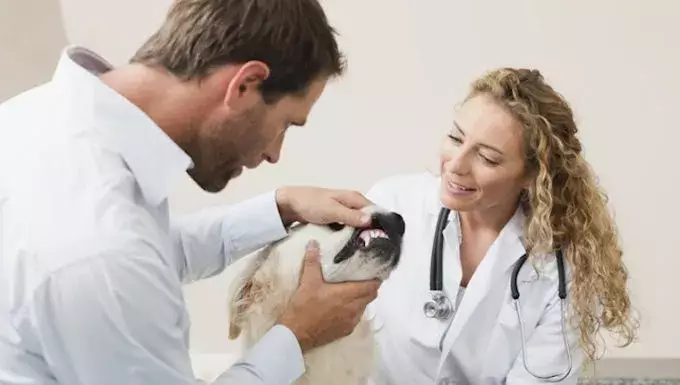Oral melanocytic tumors represent a significant concern in veterinary medicine, particularly among older dogs. These tumors stem from melanocytes, the cells responsible for producing melanin, and lead to one of the most prevalent forms of oral cancer in canine patients. While these tumors can occur in various parts of the body, their presence in the oral cavity poses unique challenges for diagnosis and treatment. Furthermore, the incidence of oral melanocytic tumors increases with age, making awareness and early detection crucial for dog owners.
It is essential for pet owners to recognize the signs of oral melanocytic tumors early on. Symptoms may vary, but some common indicators include difficulty eating or swallowing, bad breath, drooling, and noticeable swelling or lumps in the mouth. Additionally, pet owners might notice changes in behavior, such as reluctance to chew or play. Recognizing these signs can significantly improve the chances of timely intervention and effective treatment.
Despite ongoing research, the exact causes of oral melanocytic tumors remain largely unidentified. However, it has been observed that certain breeds are more susceptible, including Poodles, Scottish Terriers, Golden Retrievers, and Dachshunds. Furthermore, the likelihood of developing these tumors increases significantly in dogs aged ten years and older. Understanding these risk factors can help owners stay vigilant with regular veterinary check-ups as their pets age.
The Importance of Veterinary Diagnosis
If a dog exhibits symptoms indicative of oral melanocytic tumors, seeking veterinary attention is vital. The diagnostic process typically begins with a comprehensive consultation, where veterinarians inquire about the dog’s symptoms and medical history, including inherited breed-specific issues. A thorough physical examination focusing on the oral cavity is conducted, often supplemented by imaging tests like X-rays and tissue biopsies for histological analysis. This careful and systematic approach ensures that veterinarians can accurately diagnose and devise a personalized treatment plan for affected pets.
Available Treatment Options
Treatment for oral melanocytic tumors generally involves surgical intervention to excise the tumors. Depending on the complexity and extent of the growth, additional therapies such as chemotherapy may also be considered to enhance recovery chances. Following surgery, it is crucial for owners to adhere to post-operative care instructions, including dietary adjustments. Many veterinarians recommend a soft food diet to aid recovery, as well as pain management medications to ensure the dog is comfortable during the healing process.
Oral melanocytic tumors pose a serious threat to older dogs, especially those within predisposed breeds. Pet owners must be attentive to any changes in their dog’s health and behavior, as early detection of symptoms can lead to more favorable outcomes. Establishing a strong partnership with a veterinarian is key to navigating the complexities of diagnosis and treatment, ultimately enhancing the quality of life for dogs facing this challenging condition. Regular veterinary examinations become even more critical as dogs age, emphasizing the need for ongoing care and vigilance in pet ownership.

